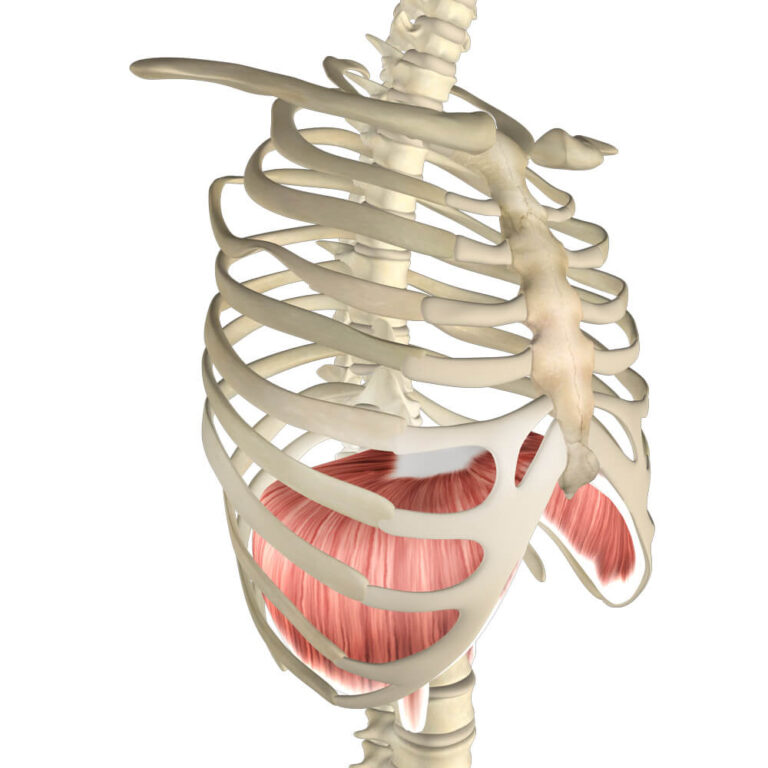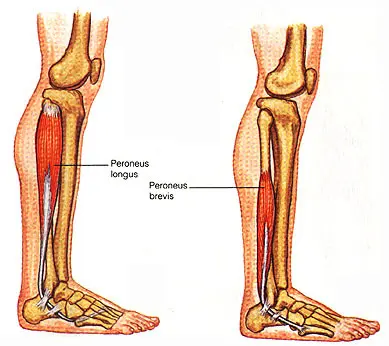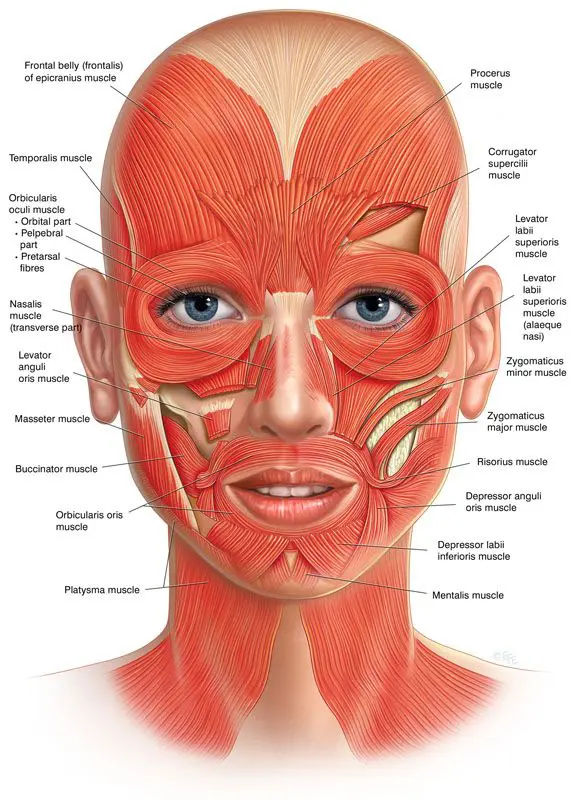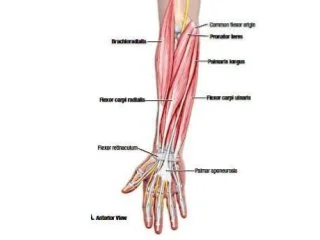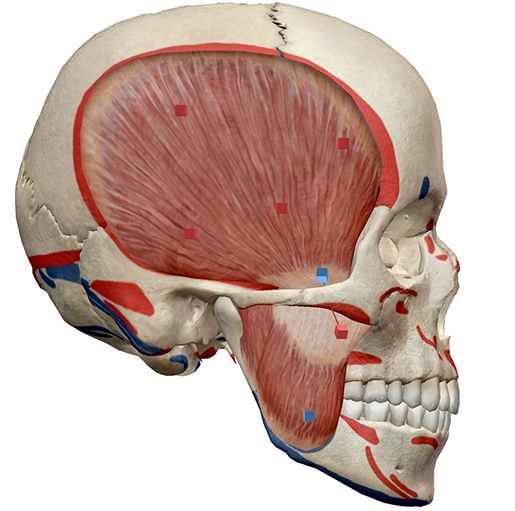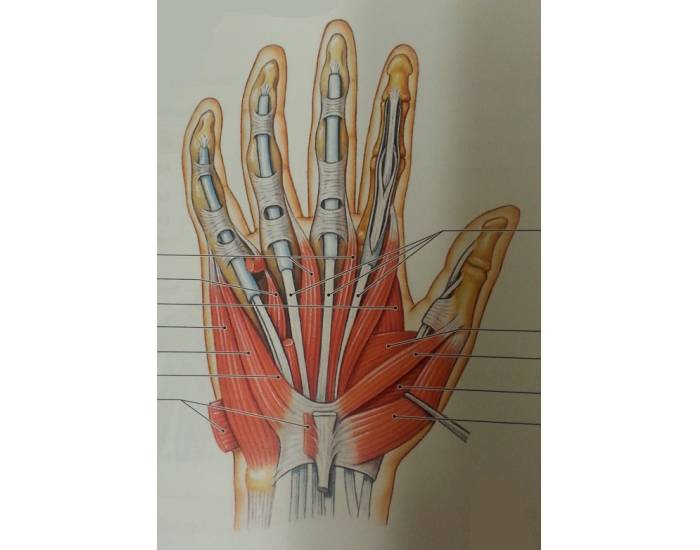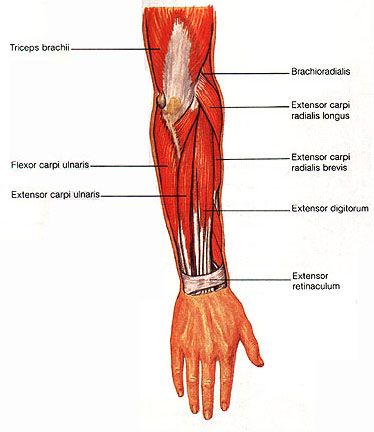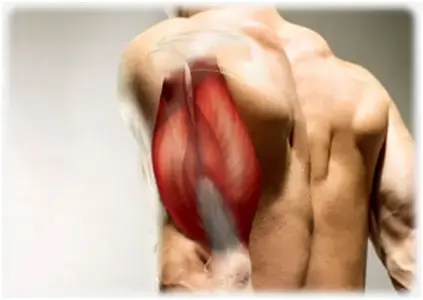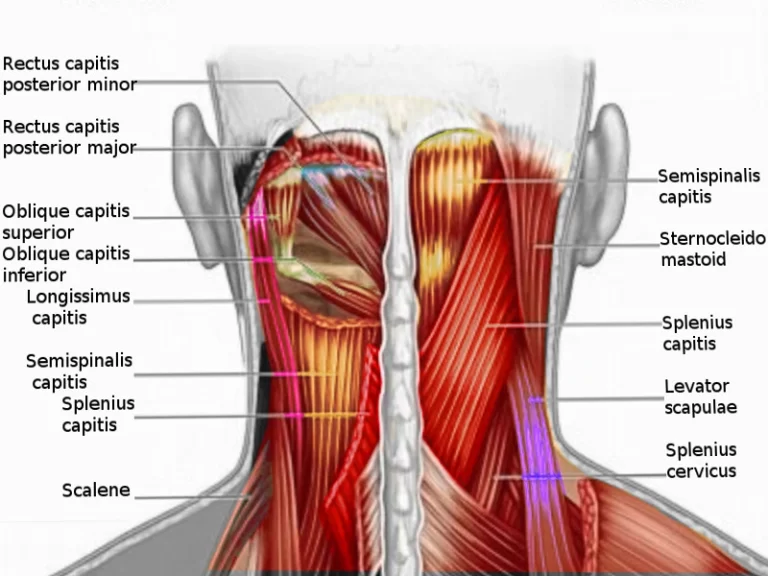Diaphragm Muscle
Introduction The diaphragm is an unpaired, dome-shaped skeletal muscle that is located inside the trunk. It is the primary muscle that is active in inspiration. Contraction of the diaphragm muscle facilitates the expansion of the thoracic cavity. This increases the volume of the cavity, which in turn reduced the intrathoracic pressure allowing the lungs to…

